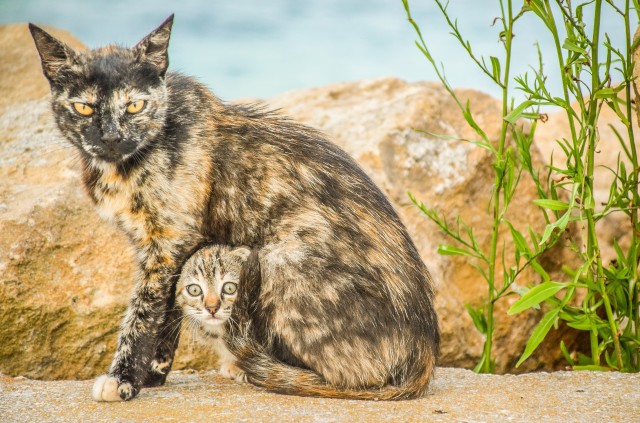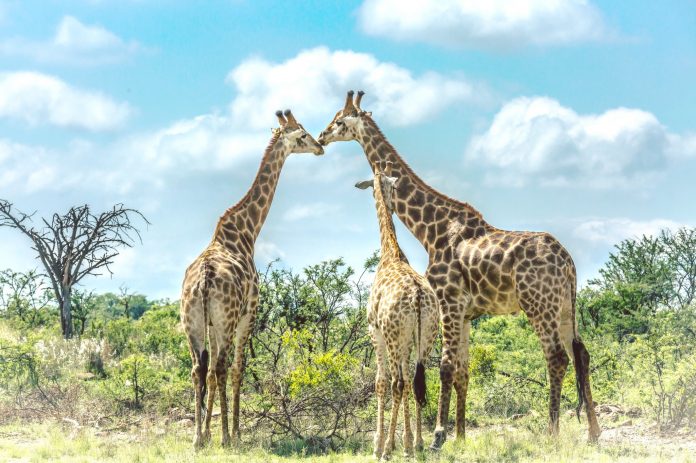Plant And Wildlife Preservation
There are many reasons to invest in plant and wildlife preservation. The protection of our Investment in plant and wildlife preservation is essential to the health of our planet and the survival of many different species. By preserving natural habitats, we are able to maintain a healthy ecosystem that is diverse and adaptable. This is vital to the future of our planet, and the generations that will come after us.
The world is constantly changing and with it the way we interact with our environment. It is more important than ever to invest in plant and wildlife preservation in order to protect the delicate balance of our ecosystem.
Plant and wildlife preservation helps maintain the natural resources that are necessary for human survival. Forests provide us with oxygen, clean air, and fresh water. They are also home to many plant and animal species that play a vital role in the food chain.
In addition to the environmental benefits, plant and wildlife preservation also has economic benefits. Eco-tourism is a growing industry that relies on the existence of natural habitats. These habitats provide opportunities for people to connect with nature and can generate revenue for local communities.
Preserving plant and wildlife habitat is an important step in protecting the Earth’s biodiversity. Biodiversity is the variety of life on Earth and includes all plants, animals, and microorganisms. This diversity is essential to the health of our planet, and human survival.
A healthy ecosystem is one that is diverse and able to adapt to change. When one species becomes extinct, it can have a ripple effect on the entire ecosystem. Plant and wildlife preservation helps to ensure the survival of many different species and maintain the balance of our ecosystem.
Threatened and endangered species
Threatened and endangered species are important to protect because they represent the diversity of life on Earth. They are also vital to the health of our planet, and human survival.
When a species becomes threatened or endangered, it is at risk of becoming extinct. This can have a ripple effect on the entire ecosystem and can be devastating to the environment.

Threatened and endangered species are often the victims of human activity, such as habitat loss, pollution, and hunting. By preserving their habitats, we can help protect these species and ensure their survival.
In addition to the environmental benefits, plant and wildlife preservation also has economic benefits. Eco-tourism is a growing industry that relies on the existence of natural habitats. These habitats provide opportunities for people to connect with nature and can generate revenue for local communities.
Preserving plant and wildlife habitat is an important step in protecting the Earth’s biodiversity. Biodiversity is the variety of life on Earth and includes all plants, animals, and microorganisms. This diversity is essential to the health of our planet, and human survival.
Wildlife Species
There are many different types of wildlife species, and each plays an important role in the health of our planet. Some of the most threatened wildlife species include tigers, elephants, rhinos, and gorillas. These animals are being hunted for their fur, horns, or skin, and are in danger of becoming extinct.
In addition to the environmental benefits, plant and wildlife preservation also has economic benefits. Eco-tourism is a growing industry that relies on the existence of natural habitats. These habitats provide opportunities for people to connect with nature and can generate revenue for local communities.
Preserving plant and wildlife habitat is an important step in protecting the Earth’s biodiversity. Biodiversity is the variety of life on Earth and includes all plants, animals, and microorganisms. This diversity is essential to the health of our planet, and human survival.
Endangered Species Act US
The Endangered Species Act (ESA) is a United States federal law that protects threatened and endangered wildlife species. The ESA was enacted in 1973 and has been amended several times since then.
The ESA is administered by the United States Fish and Wildlife Service (FWS), and is designed to prevent the extinction of threatened and endangered species. The ESA requires that federal agencies take steps to conserve these species, and prohibits the taking (killing, harming, or harassing) of any listed species.
The Endangered Species Act has been successful in preventing the extinction of many wildlife species, including the bald eagle, the American alligator, and the California condor. It has also been instrumental in the recovery of many species, such as the whooping crane and the peregrine falcon.
The Endangered Species Act is one of the most important laws for protecting wildlife in the United States. By conserving threatened and endangered species, we can help to ensure the health of our planet and the survival of many different types of plants and animals.
National Wildlife Federation
The National Wildlife Federation (NWF) is a nonprofit conservation organization that was founded in 1936. The NWF is dedicated to the conservation of wildlife and the environment and has more than 500,000 members and supporters.
The NWF works to protect threatened and endangered species, conserve wildlife habitats, and promote environmental education. They also work to engage the public in conservation efforts, and to advocate for policies that will help to protect the environment.
The National Wildlife Federation is a leading voice in the fight to protect wildlife and the environment. With more than 500,000 members and supporters, they are working to conserve wildlife habitats, promote environmental education, and engage the public in conservation efforts.
Illegal wildlife trade
Illegal wildlife trade is the trade of endangered or threatened wildlife species without a permit. This trade is often done in order to make a profit and can have serious consequences for the survival of wildlife species.
Illegal wildlife trade is a major threat to the survival of many different types of animals. Wildlife species that are hunted for their fur, horns, or meat are often sold illegally. This trade is often done in order to make a profit and can have serious consequences for the survival of wildlife species.
